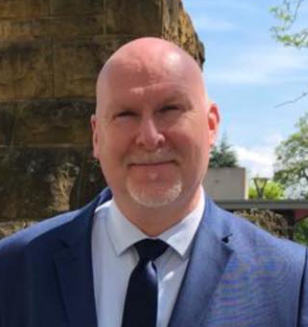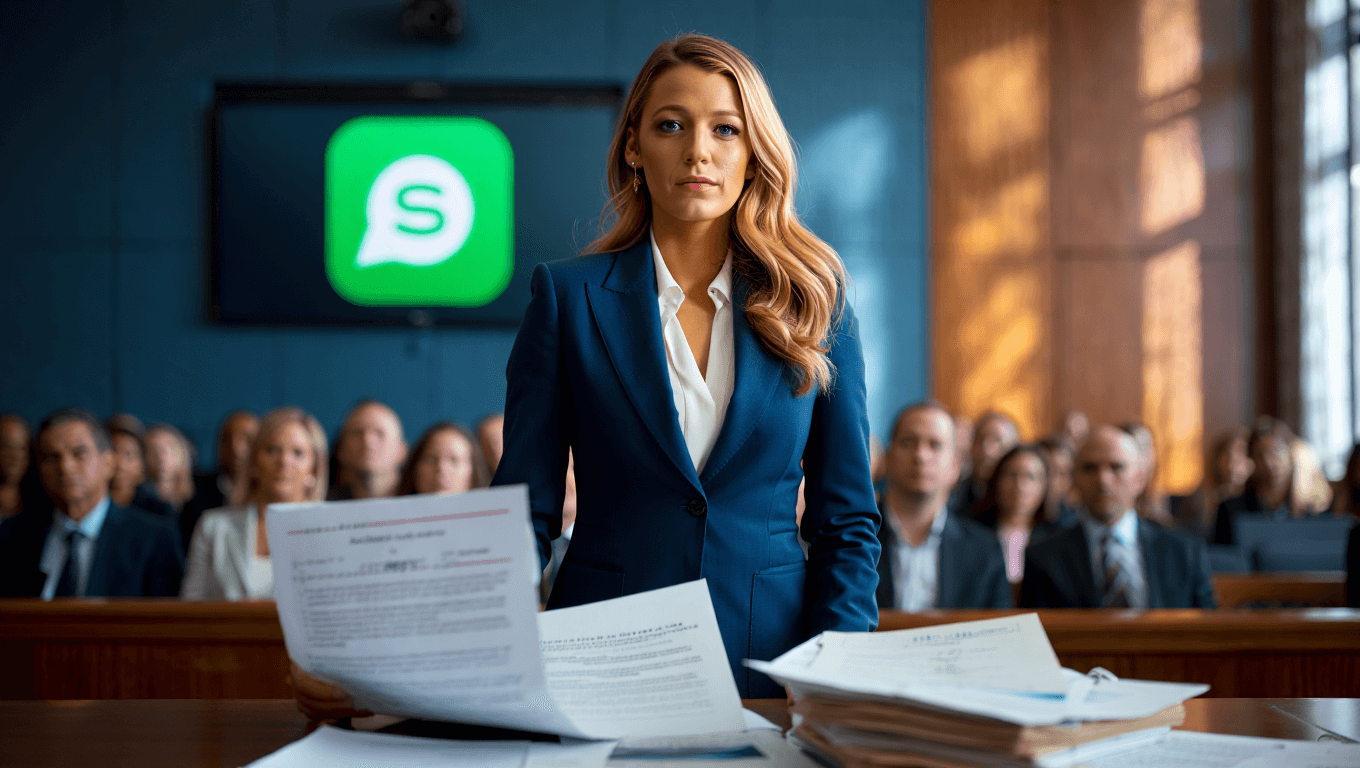Blake Lively and her legal team made bombshell accusations against Justin Baldoni on Oct. 22, 2025. They claim his team used encrypted messaging app Signal to destroy evidence. The app auto-deletes messages to hide a alleged smear campaign. Court filings reveal this alleged coordinated effort to damage her reputation.
TubiTV Just Hit 200 Million Users – Here’s Why
10 Perfect-Score Shows Buried on Prime Video Right Now
🔥 Quick Facts:
- Blake Lively alleges intentional destruction of critical evidence via encrypted apps
- Court filings dated Oct. 22, 2025 detail the alleged scheme involving Signal app
- Lively’s legal team says defendants used auto-deleting messages for communications
- Trial scheduled for March 2026 to determine outcomes of allegations
- This marks a major escalation in the ongoing It Ends With Us legal battle
What Happened in Lively’s Evidence Destruction Claim
Blake Lively’s attorneys filed sanctions motions on October 22 alleging intentional evidence destruction. They claim Justin Baldoni’s team deliberately chose Signal app to hide communications. The encrypted platform auto-deletes messages, making recovery impossible for legal proceedings.
The $3.99 Streaming Service With 500+ Oscar Winners Nobody Knows About
Cancel These 3 Subscriptions Before November 1st – Here’s Why
According to court documents, Baldoni and his associates used Signal, voice memos, and other auto-deleting software. They allegedly discussed the smear campaign against Lively through these untraceable channels. Lively’s team says this was deliberate misconduct to obstruct justice.
“Substantial evidence remains that the defendants planned retaliation against Ms. Lively.”
The allegations claim Wayfarer Studios executives engaged in high-tech concealment tactics. Lively’s legal team describes these efforts as “clumsy attempts” to hide incriminating communications. The couple hired attorneys alleging coordinated misconduct.
Why This Evidence Destruction Claim Matters Now
This accusation transforms the It Ends With Us case into something far more serious. It’s no longer just about he-said-she-said allegations. Lively’s team argues Baldoni’s conduct shows consciousness of guilt. Deliberately destroying evidence suggests wrongdoing they wanted hidden.
The timing intensifies pressure as March 2026 trial approaches rapidly. If courts find evidence destruction occurred, sanctions could harm Baldoni’s legal position severely. Destroyed evidence could work against him in front of any jury hearing the case.
This escalation also signals Lively’s team is playing fierce offense. They’re not passively defending against Baldoni’s $400 million countersuit. Instead, they’re aggressively pursuing his alleged misconduct. The strategy aims to undermine his credibility entirely.
Evidence and Communication Details in Court Filings
According to Lively’s attorneys, the evidence reveals systemic destruction of communications.
| Allegation Category | Details from Court Filing |
|---|---|
| Communication App Used | Signal app with auto-delete messaging feature enabled |
| Additional Methods | Voice memos and other ephemeral communication software |
| Alleged Purpose | Discussing and planning smear campaign against Lively |
| Filing Date | October 22, 2025 sanctions motion filed |
| Next Status Hearing | October 26, 2025 status hearing with official trial March 2026 |
Lively’s filing argues this wasn’t accidental neglect. This was intentional strategic action.
What To Watch For in Coming Weeks
- Court ruling on Lively’s sanctions motion seeking penalties for destruction
- Response from Baldoni’s legal team addressing the allegations directly
- Potential discovery disputes as both sides demand preserved communications
- Impact on jury perception if destruction is established as fact
- Settlement pressure mounting given severity of misconduct allegations
The October 26 status hearing will reveal court reaction to these bombshell allegations. Judges typically take evidence destruction very seriously. If courts agree destruction occurred, consequences for Baldoni’s case could be devastating.
Could Baldoni’s Evidence Destruction Allegations Change Everything?
Lively’s accusations strike at the heart of legal credibility. Even if other allegations weren’t proven, destroying evidence is independently serious misconduct. Judges can impose harsh sanctions including negative inferences against the defendant.
The alleged use of Signal app shows apparent sophistication. Baldoni’s team presumably knew about evidence preservation duties. Deliberately choosing auto-deleting software suggests calculated violation. This strengthens Lively’s argument about consciousness of guilt.
Will the court view this as proof Baldoni’s team engaged in coordinated cover-up? That’s the critical question determining case trajectory. If yes, his legal position weakens considerably. Do you think intentional evidence destruction should result in losing the entire case?
Sources
- Deadline – Reporting on Blake Lively and Justin Baldoni evidence destruction allegations
- IBTimes UK – Court documents revealing Signal app usage in communications
- E! Online – Blake Lively and Justin Baldoni legal battle latest updates
Similar posts:
- Justin Baldoni accused of destroying evidence using encrypted app Signal in Blake Lively lawsuit
- Blake Lively accuses Justin Baldoni of destroying evidence in legal filings
- Blake Lively accuses Justin Baldoni of destroying evidence with encrypted messages
- Justin Baldoni allegedly used Signal app to delete smear campaign messages vs Blake Lively
- Blake Lively’s lawyers allege Justin Baldoni used auto-deleting app Signal for smear campaign

Daniel Harris is a specialist journalist focused on the crossroads of breaking news, extraordinary history, and enduring legends. With a background in historical research and storytelling, he blends timely reporting with timeless narratives, making complex events and ancient myths resonate with today’s readers. Daniel’s work often uncovers surprising links between present-day headlines and legendary tales, offering unique perspectives that captivate diverse audiences. Beyond reporting, he is passionate about preserving oral traditions and exploring how extraordinary stories continue to shape culture and identity.

